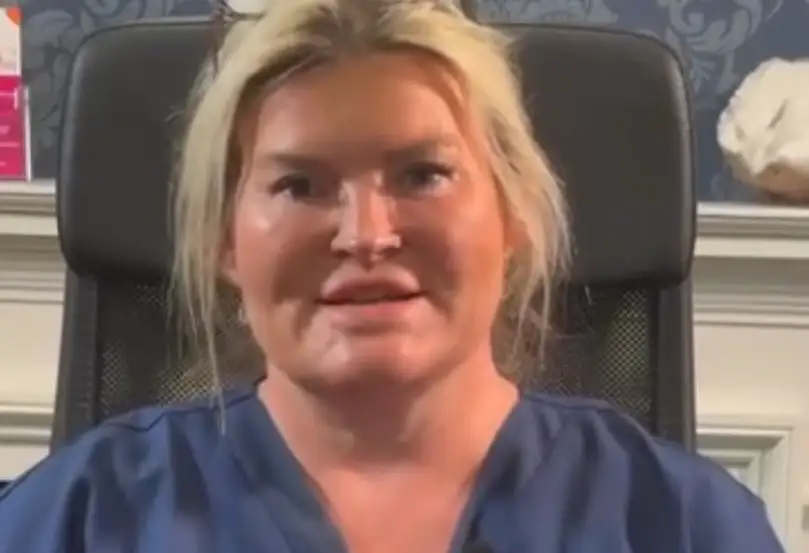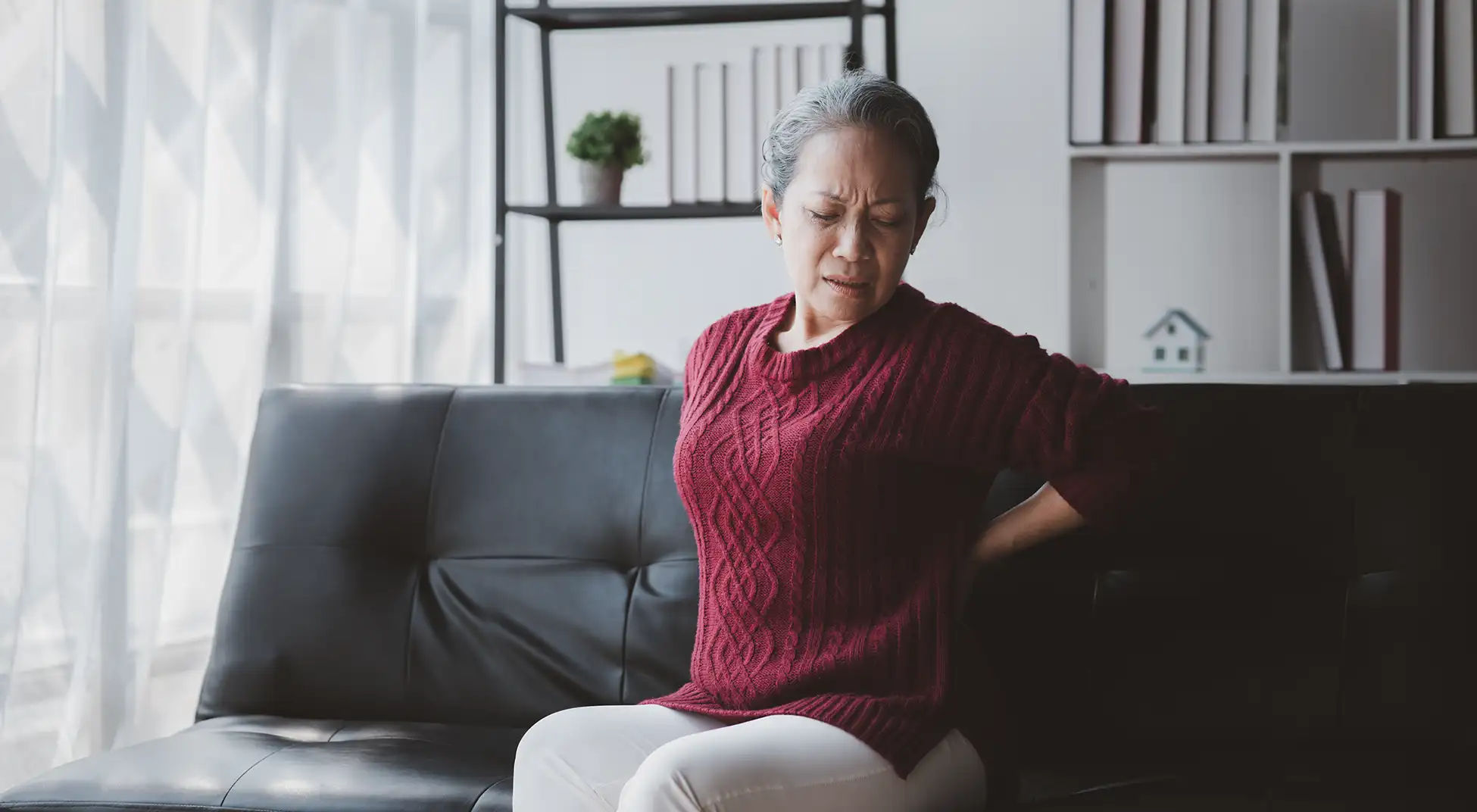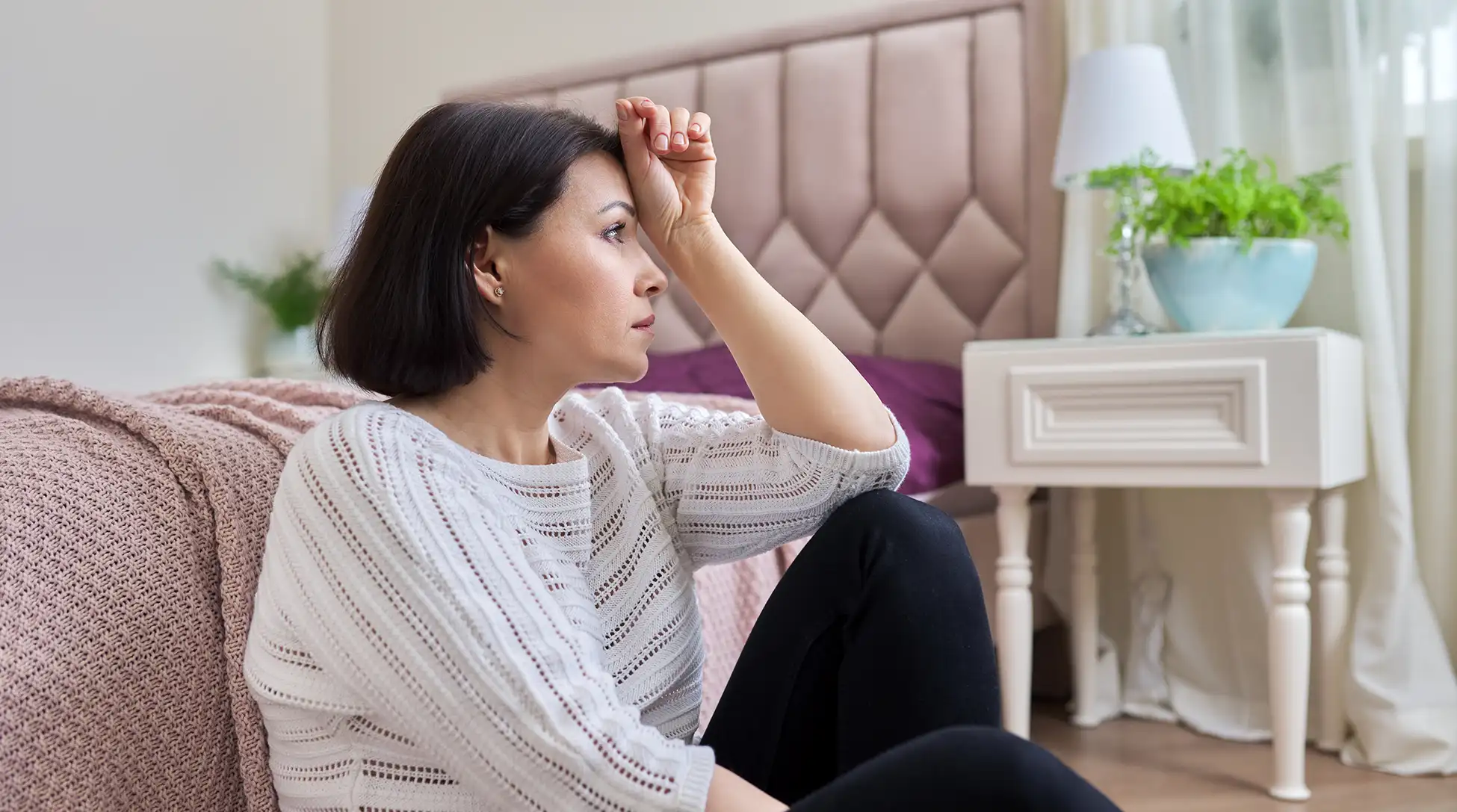Wondering if you’re perimenopausal or menopausal?
Are you wondering if you might be perimenopausal or menopausal? It can be confusing because every woman’s experience is different, and the symptoms can come and go as your hormone levels change. Some physical symptoms you might experience include hot flushes, aches and pains, and bladder or urinary problems. On the psychological side, mood swings, anxiety, and brain fog are common. It’s a lot to handle, but fortunately, there are plenty of treatments and lifestyle adjustments that can help you navigate this stage of life more positively.

What is the first symptom of the perimenopause?
You might be surprised to learn that you could start noticing changes in your 40s, or even earlier. Changes in your periods are often the first sign that you’re entering the perimenopause or menopause. Your periods might become lighter, heavier, closer together, or further apart due to fluctuating hormones. Eventually, they’ll become less frequent until they stop altogether. Once you haven’t had a period for 12 consecutive months, you’ve officially reached menopause.
When it comes to symptoms, there are many you might experience due to the fluctuating hormones.
Hot flushes:
Hot flushes are the most common, affecting three out of four women. These sudden waves of heat can spread through your face, neck, chest, and body, often accompanied by sweating, dizziness, or heart palpitations.
Night sweats:
If you’ve ever woken up in a pool of sweat, had to change your pajamas or bed sheets, then you know about night sweats. They’re kind of like hot flushes, but way more common. Night sweats can be really disruptive, waking you up multiple times in the night and leaving you feeling cold and shivery as your body cools down. All in all, not a great way to get your beauty rest.
Mood swings:
Mood swings are also quite common during the perimenopause. You might feel irritable, frustrated, anxious, or tearful. On the other hand, you might feel flat and joyless, or experience all of these emotions, one after the other. If you’ve experienced PMS or postnatal depression in the past, you’re more likely to have menopausal mood swings because your body is sensitive to changing hormone levels.
Problems sleeping:
Trouble sleeping can be a symptom too, and it can be caused by various factors like night sweats, stress, and anxiety. Low levels of hormones like progesterone and testosterone, which drop during the perimenopause, can also affect your sleep.
Brain fog:
And let’s not forget about brain fog, forgetfulness, and poor concentration. Our brains have hormone receptors, so when the levels of estrogen, progesterone, and testosterone start to fall, these symptoms can kick in.
Have I arrived at the menopause?
Now, how do you know if you’ve officially reached menopause? Well, it’s when you haven’t had a period for a full year. After this point, you enter the postmenopause stage. Most women reach this stage around the age of 54, and you might start to see some relief from symptoms like hot flushes and night sweats.
However, it’s important to note that many women continue to experience menopause symptoms for about four years after their last period, and sometimes even longer. During this stage, you might notice new symptoms like trouble sleeping, low energy, and vaginal dryness. If any of these symptoms are affecting your quality of life, it’s best to talk to your doctor. There are various treatments available that can help alleviate these symptoms.
Remember, every woman’s experience is unique, so it’s important to listen to your body and seek the support you need. You’re not alone in this journey!
If you think you are menopausal, then MenoBliss could help. With 38 natural active ingredients to help improve hormonal balance, MenoBliss helps reduce aches and pains, hot flashes, mood swings, depression, insomnia, brain fog, hair loss, and lack of desire. Try yours today!



